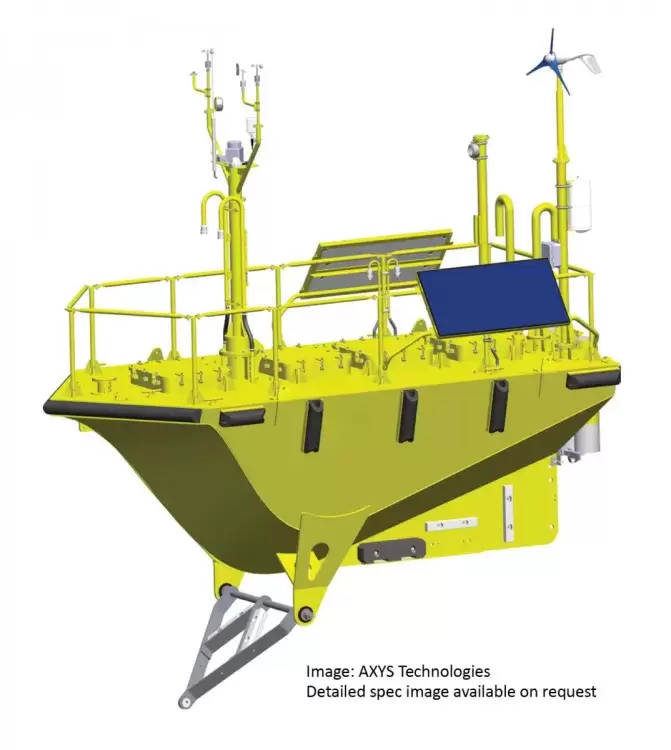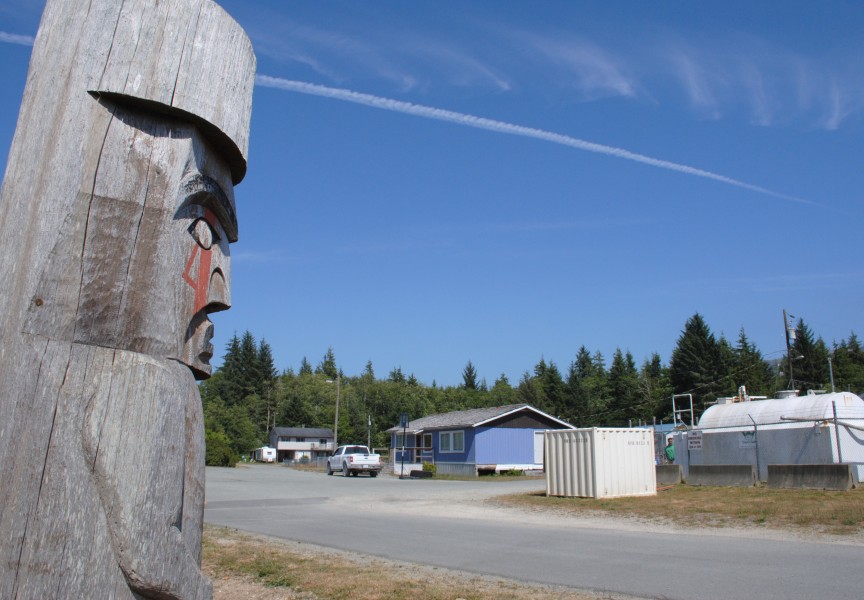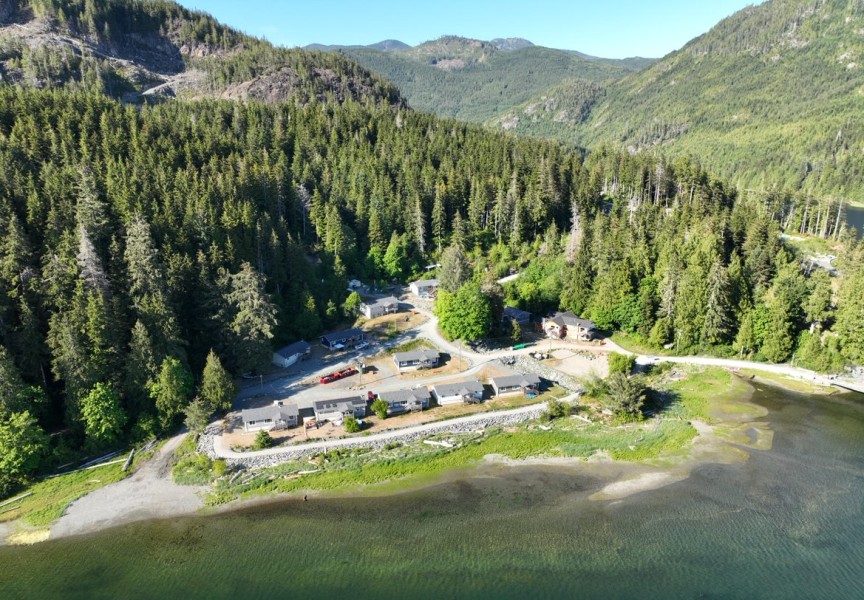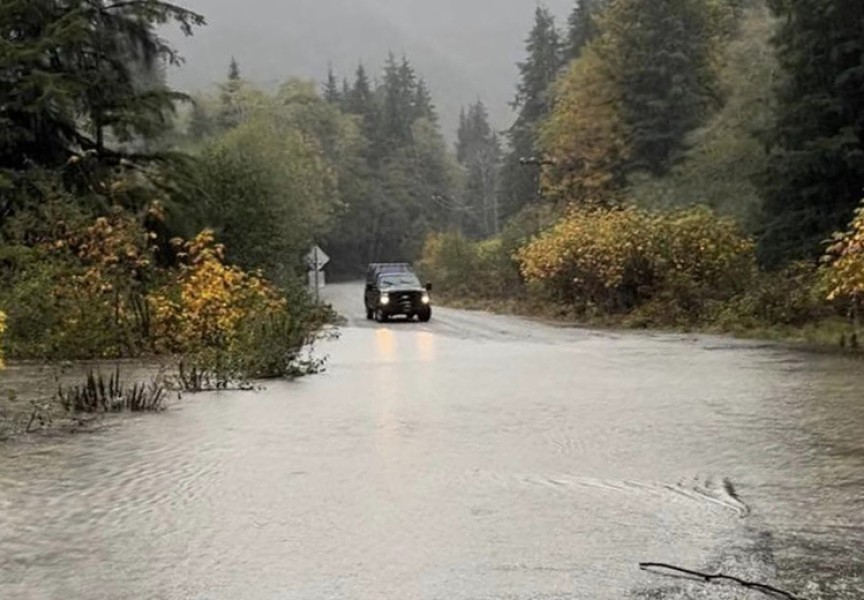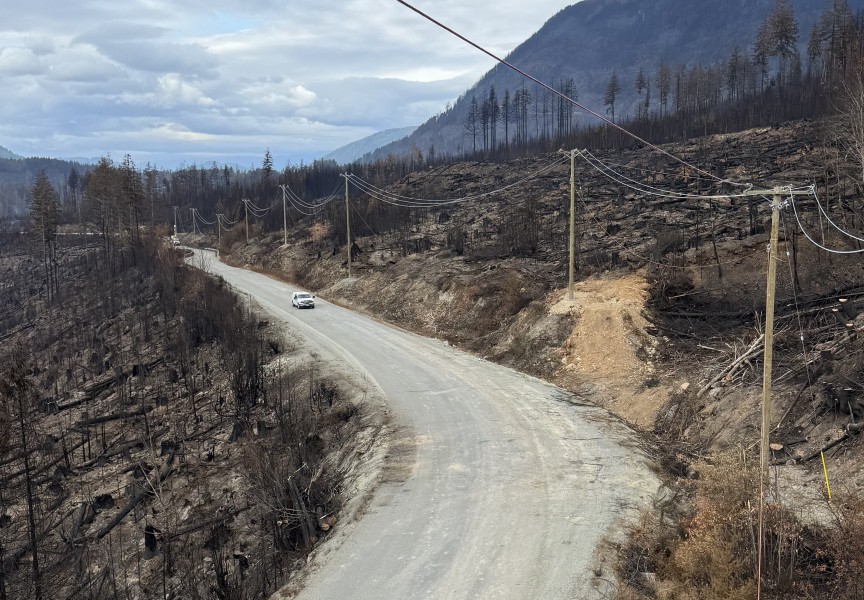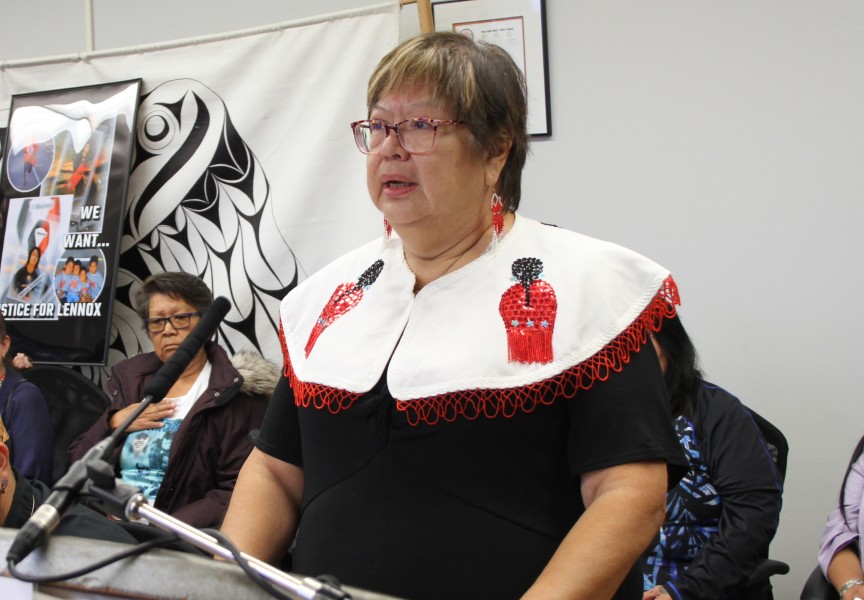A new wind buoy being deployed off the southern tip of Vancouver Island could help remote communities cut their diesel dependence.
The buoy was manufactured as part of a project out of the University of Victoria’s (UVic) Pacific Regional Institute for Marine Energy Discovery.
Led by UVic mechanical engineering professors Brad Buckham and Curran Crawford, it was designed to explore wind resources off the coast of Vancouver Island.
Although land-based wind turbines only account for a small percentage of the globe’s energy needs, they have become an increasingly popular renewable energy resource, Buckham explained in a press release.
Comparatively, offshore wind turbines have not been used to the same extent. This is primarily because industry lacks the data needed to develop “accurate, certifiable and insurable technologies,” the release read.
“Offshore wind is the next frontier in wind energy,” said Crawford.
This buoy-based technology is the first of its kind in B.C. and allows researchers to get measurements by mooring the buoy, said Crawford.
“The data is critical in helping address a significant knowledge gap that has prevented offshore wind energy produced by floating turbines from being used more widely,” Buckham said in a release.
Weighing 5,500 kilograms and standing nine metres tall, the customized buoy will be deployed a few hundred metres southwest of Trial Island, near Victoria, for around six months.
Equipped with a wind turbine and 3D laser-scanning systems, the buoy can measure changing wind patterns 200 metres above the water’s surface.
Purchased as part of a larger UVic project entitled, Canadian-Pacific Robotic Ocean Observing Facility, the buoy was constructed by Sidney-based AXYS Technologies Inc. and cost around $1.8 million.
Chloe Immonen, research scientist and deployment manager, said the data will not only benefit remote communities who rely on diesel energy, it will also contribute to a better “understanding of the way wind can be harnessed to create sustainable energy.”
Because of the scale of offshore wind turbines, Crawford said they are designed to accommodate larger communities, such as Haida Gwaii.
“There is the potential to do smaller scale wind [projects] and we want to take a look at that,” said Crawford. “But we're not proposing to put a multi-megawatt turbine off the coast of a really, really small community.”
It is more efficient to harness wave, tidal, and solar energies for small, coastal communities, he said.
After its initial deployment near Trial Island, Crawford said the team will be looking for a new location to deploy it for another year so they can monitor wind patterns throughout every season.
Crawford said he’s looking forward to “post-processing the data to get more rich information out of it.”
"It's nice to have this hardware to get some hard data,” he said. “There's large scale simulations of what wind speeds might be in B.C., but no real data for us to work with. It’s been many years in the making to get this thing built and underwater. It’s great to finally be able to get that data.”

